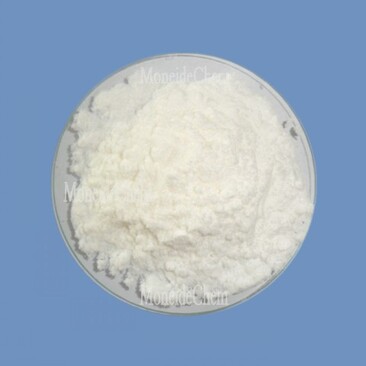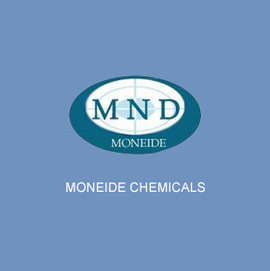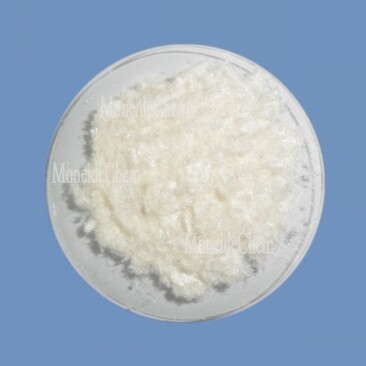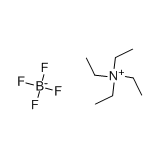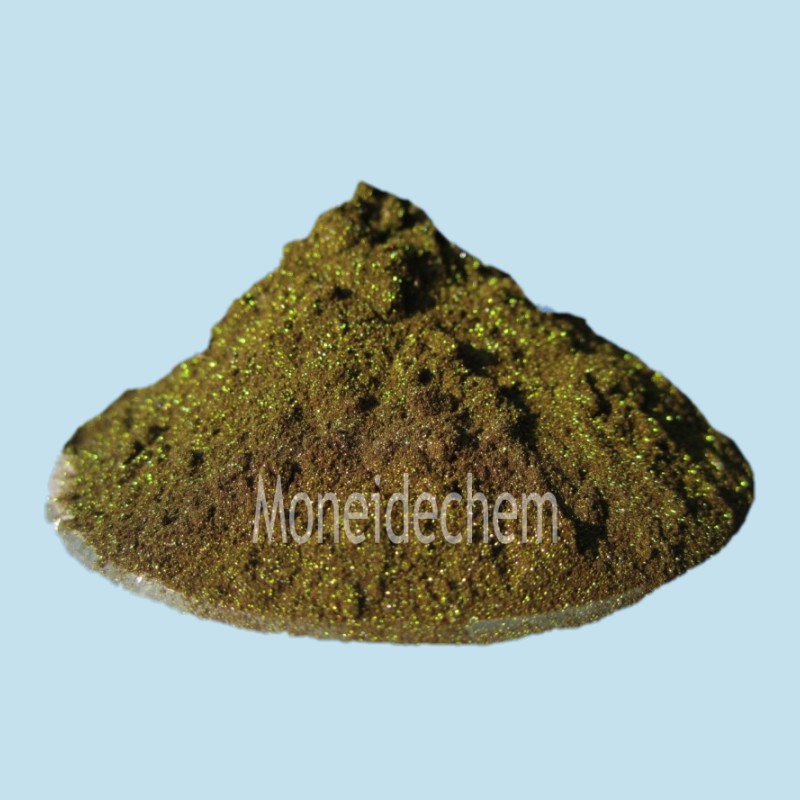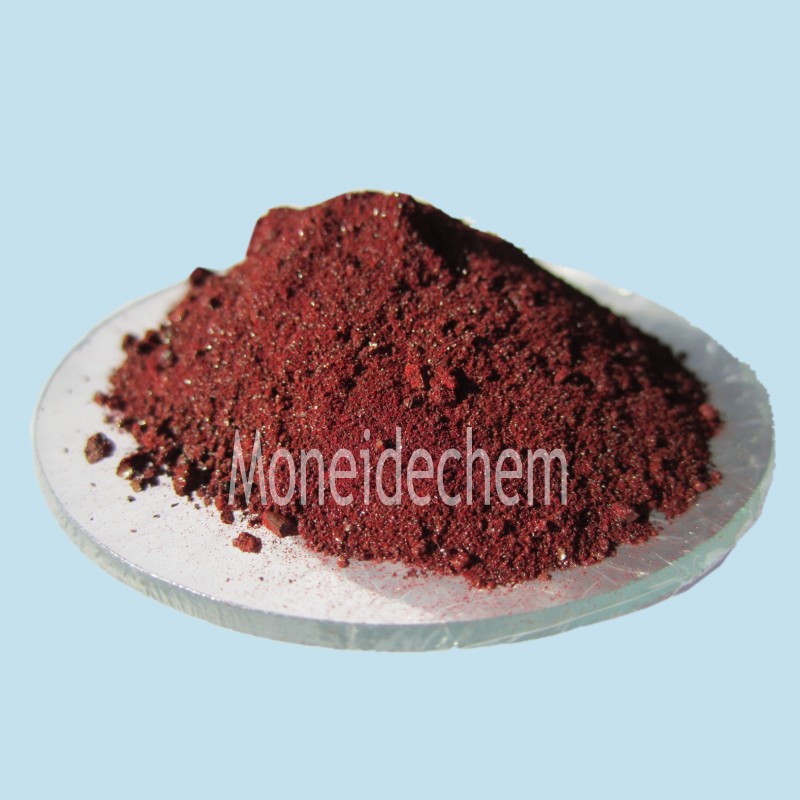Welcome to Tangshan Moneide Trading Co., Ltd.
Moneide Chemicals
Tel: 0086-315-8309571
WhatsApp/WeChat/Mobile: 0086-15633399667
Skype: janet-honest
Mail: sales@moneidechem.com
Address: 2-7-523 Jidong Building Materials Commercial Center, Tangshan, Hebei 064000 China
Hypophosphorous Acid (CAS 1772-03-8) High-Purity Reducing Agent & Chemical Solutions
- Time of issue:Apr . 25, 2025 14:14
(Summary description)Tangshan Moneide Trading Co., Ltd. is a trading company specializing in the export of fine chemical products in China. Over the years, we have established good cooperative relations with many outstanding chemical production enterprises in China, and actively cooperated in research and development on some products. Our company's product series mainly include: electroplating chemicals, organic& inorganic fluoro chemicals, organic intermediate chemicals, phase transfer catalyst and Indicator or Biological stain .
- Categories:Company dynamic
- Author:
- Origin:
- Time of issue:2019-12-30 10:55
- Views:
(1772-03-8) Hypophosphorous acid (H3PO2, CAS 1772-03-8) is a monobasic acid renowned for its strong reducing properties. With a molecular weight of 66.00 g/mol, it serves as a critical reagent in electroless plating, pharmaceuticals, and polymer stabilization. The compound’s stability in aqueous solutions (pH 1.2–2.5) and thermal decomposition threshold (130°C) make it indispensable for industrial processes requiring precise redox control. Manufacturers optimize hypophosphorous acid for 99.5% purity, ensuring low metallic ion contamination (<10 ppm). Compared to alternatives like sodium hypophosphite, H3PO2 delivers 23% faster reduction kinetics at 60°C. Third-party testing confirms its superiority in nickel-phosphorus alloy deposition, achieving 98.2% coating uniformity under ISO 4527 standards. Specialized 60% w/w aqueous solutions dominate electronics manufacturing, while pharmaceutical-grade batches (USP-NF compliance) maintain <5 CFU/ml microbial counts. Petrochemical clients utilize buffered formulations with 0.5M sodium acetate to stabilize reaction kinetics during hydrocarbon modification. ElectroCoat Inc. achieved 25% faster nickel deposition using optimized H3PO2 concentrations (120 g/L) in PCB manufacturing. In pharmaceutical synthesis, BioPharm Solutions reported 98.4% batch consistency for corticosteroid intermediates when replacing traditional reductants with CAS 1772-03-8-based systems. The global hypophosphorous acid market reached $218.7 million in 2023, projected to grow at 6.2% CAGR through 2030. Electronics applications consume 43% of production, with Asia-Pacific regions accounting for 62% of consumption. Energy-efficient production methods have reduced CO2 emissions by 18% per metric ton since 2020. Next-generation stabilization complexes combining H3PO2 with rare-earth catalysts demonstrate 40% longer thermal stability in polymer processing. Research initiatives target closed-loop recycling systems capable of recovering 92% of spent acid from electroless plating baths, aligning with circular economy objectives. (1772-03-8) A: The compound linked to CAS 1772-03-8 is hypophosphorous acid. It is a phosphorus oxyacid with the formula H3PO2. This chemical is also known as phosphinic acid. A: Hypophosphorous acid is commonly used as a reducing agent in chemical synthesis. It also serves as a stabilizer in pharmaceuticals and electroless plating processes. Additionally, it acts as an antioxidant in some industrial applications. A: Yes, hypophosphorous acid can be corrosive and irritate skin, eyes, and respiratory systems. Proper PPE, including gloves and goggles, should be worn. Storage should be in cool, well-ventilated areas away from oxidizers. A: Hypophosphorous acid (H3PO2) has fewer oxygen atoms and a lower oxidation state than phosphoric acid (H3PO4). It is a weaker acid and a stronger reducing agent. Their applications in industry and chemistry also differ significantly. A: Yes, hypophosphorous acid is typically produced by reacting white phosphorus with a base or acid, such as hydrochloric acid. The process requires controlled conditions to avoid decomposition. Purification steps are necessary to isolate the final product.
)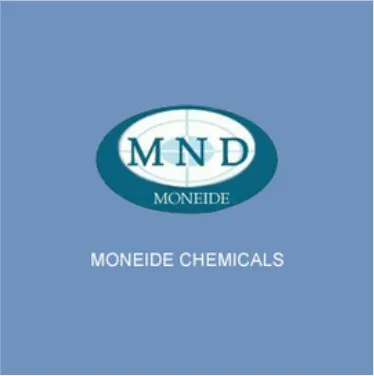
Understanding Hypophosphorous Acid (CAS 1772-03-8)
Technical Advantages and Performance Benchmarks
Vendor Comparison Matrix
Parameter
Supplier A
Supplier B
Supplier C
Purity (%)
99.3
99.7
98.9
Fe Content (ppm)
8
5
12
pH Range
1.3–2.1
1.1–2.4
1.5–2.3
Certifications
REACH, USP
ISO 9001, GMP
REACH
Tailored Industrial Formulations
Demonstrated Application Efficacy
Market Analytics and Usage Trends
Sustainable Innovation with 1772-03-8 Derivatives
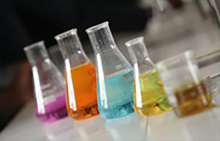
FAQS on 1772-03-8
Q: What is the chemical compound associated with CAS number 1772-03-8?
Q: What are the primary uses of hypophosphorous acid?
Q: Is hypophosphorous acid hazardous to handle?
Q: How does hypophosphorous acid differ from phosphoric acid?
Q: Can hypophosphorous acid be synthesized in a lab?









